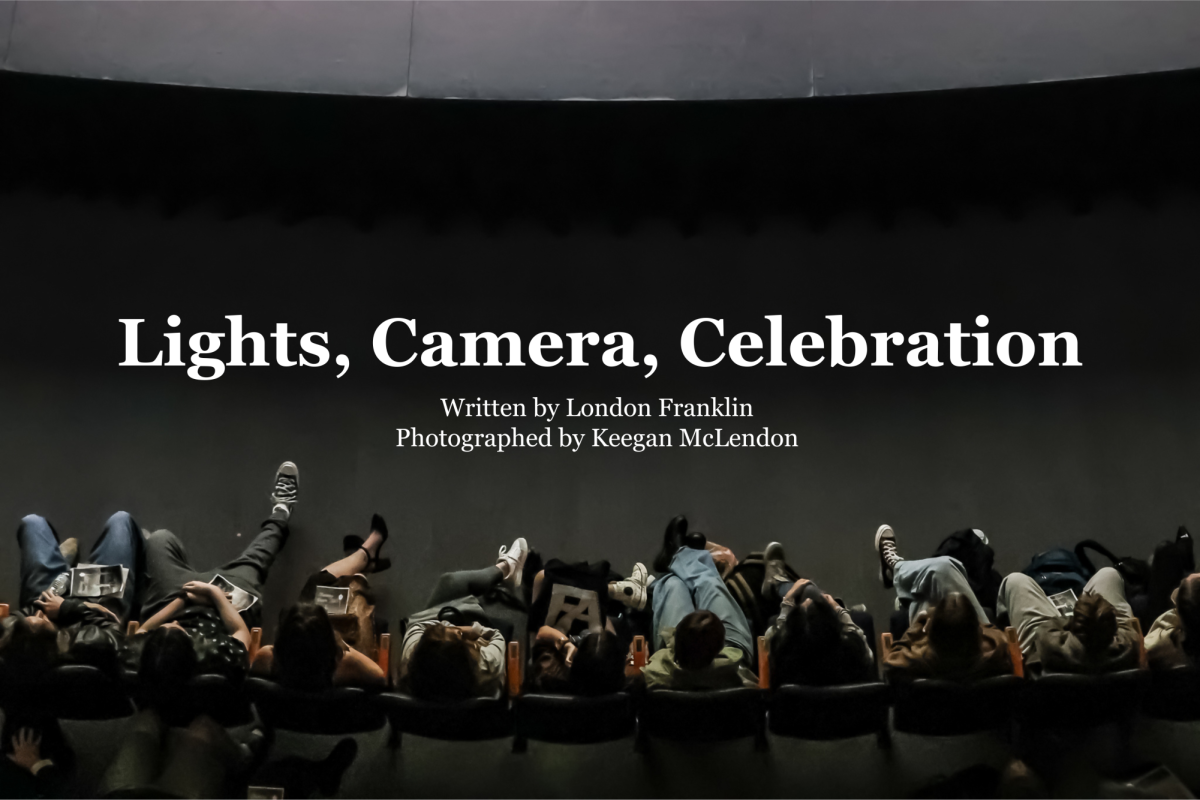Every day she followed the same routine: Take pills, do schoolwork, take more pills, try to keep down lunch, take even more pills, and stay away from any other patient with the same disease—cystic fibrosis. This was the life of cystic fibrosis (CF) patient Stella, the main character in the newest teen romance film, “Five Feet Apart.” That is, until a boy with the same disease entered her life and turned it around.
The film focuses on cystic fibrosis, a life-threatening genetic disorder that affects the lungs and digestive system. Stella, played by Haley Lu Richardson, lives in her hospital room and spends most of her time obsessively following her treatments and planning out her daily activities. However, her calm persona is soon disturbed by the arrival of another CF patient, Will. Will, played by Cole Sprouse, focuses on living in the moment rather than getting better. His personal philosophy centers around the idea that taking risks is worth the consequences because life is too short, especially for people like him.
The story follows Stella and Will’s journey as they get closer with one another emotionally and, against good medical advice, physically. The two teenagers end up falling in love but are tortured by the restrictions of their disease. With the risk of cross-infection, Stella and Will must stay six feet apart at all times—until Stella decides to bridge the distance by one foot.
Like most teen romance movies, “Five Feet Apart” leaves you emotionally drained as the main character is forced to balance emotions of love, frustration, grief, and forgiveness. The film has garnered a lot of criticism surrounding the concept of romanticizing medical issues. Although I don’t believe this was the only motive for the film, making profit off of an emotionally heartbreaking situation is no surprise in Hollywood. As we’ve seen before in films like “The Fault in Our Stars,” this concept is nothing new, leaving viewers and skeptics clinging to the question, “What is the point of the movie if it’s not to romanticize medical issues?”
Director Justin Baldoni supposedly took this into consideration and worked with people who have CF to accurately portray the disease. In fact, the movie is inspired by CF patient Claire Wineland, who embodies a personality much like Stella’s. According to Refinery29, Wineland was on set, helping to increase the accuracy and appropriateness of the movie.

Although the movie is not based on a true story, cystic fibrosis patient Claire Wineland was an inspiration for the movie, according to Refinery29. Wineland passed away this past September but—like Stella—had a positive outlook on life and documented her experiences through digital mediums.
Sprouse addressed any CF patients who intended on seeing the movie by saying, ”It’s my hope that we did [CF patients] justice. This was all for you guys,” to Teen Vogue. Yet, many people in the CF community believe that Hollywood used the illness as a romantic plot device. Of course, the film crew argued that movie brings attention to the CF community, but bringing attention to a cause without doing anything to help doesn’t make a difference. If Baldoni and the production company, CBS Films, agreed to donate a portion of the movie’s profit to some sort of CF organization or foundation, I believe there would be more of a purpose to the movie.
Nonetheless, “Five Feet Apart” is still an enjoyable film to see for those who are suckers for teen romance movies. Prior to watching the film, I had never been impressed with Sprouse’s acting. However, I will admit that this film truly redeemed his reputation in my eyes; the way he portrayed his rebellious character in such a real and relevant way to young audience members was worth the applause. Richardson was not a familiar name to me before watching this movie, but her portrayal of frustration and grief, as well as excitement, has proven to me that this film could be her big break in Hollywood.
Another notable aspect of the film was the fact that the two main actors were able to display affection and intimacy with one another without the use of touch. In most scenes, over-the-shoulder shots were used to establish a close relationship between the characters, while contrasting wide shots revealed the reality of distance to the audience. In Entertainment Weekly, Richardson described the characters as having “intimacy and vulnerability and awkwardness and attraction but just by standing there looking at each other and connecting with your soul … as opposed to screwing.”
The depressing challenges and trials Stella faces as she encounters the deaths of the people closest to her creates a deep relationship between her and the audience. This relationship makes it feel as if the challenging events are happening to you, closing the gap between the main character and the viewer.
However, the biggest complaint I have about the movie’s plot line is that the ending was left up for interpretation. I found the director’s approach to the resolution to be a lazy way of wrapping up the movie, especially since there was so much potential to consolidate the love between Stella and Will after all they had been through together. I admire the fact that the ending didn’t turn out to be too unrealistic, but the vagueness of what happens to one of the main characters caused my feel-good emotions to turn into confusion.
Overall, the movie does bring both positive and negative attention to the CF community. The actors and the crew clearly tried to make the film as accurate as possible, but profiting off of an emotional medical problem was no doubt a motive for the film. Regardless, “Five Feet Apart” is a must-see heartbreaker that shares a real message about love and sacrifice, despite the interpretive resolution and controversial romantic devices.




























































